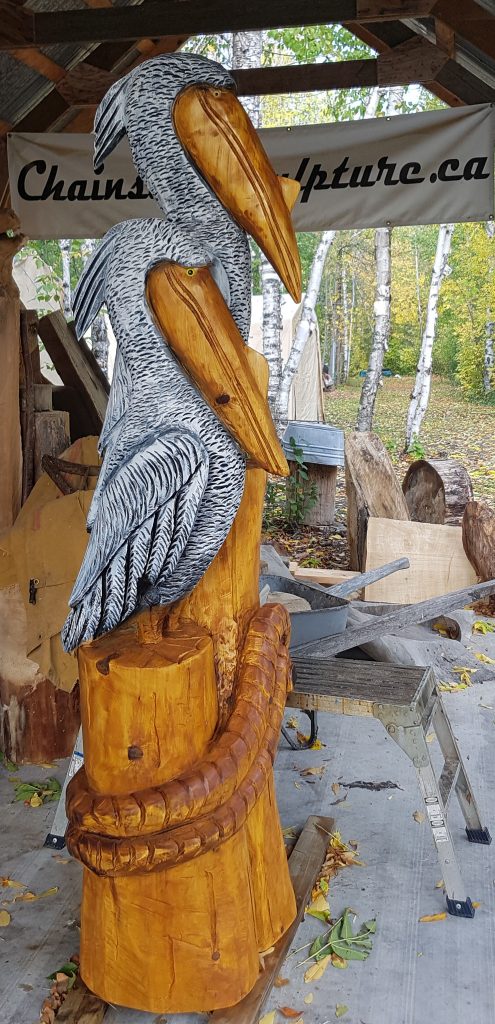
Chainsaw carving is a relatively new art form, having emerged in the mid-20th century. The use of chainsaws in forestry and logging had been around since the 1920s, but it wasn’t until the 1950s that chainsaw carving began to take shape as a distinct art form.
The origins of chainsaw carving can be traced back to the Pacific Northwest of the United States, where loggers and other forestry workers began using chainsaws to create sculptures out of the large tree stumps left behind after logging operations. These early chainsaw carvers used basic techniques and hand-held chainsaws to create rough, primitive carvings.
In the 1960s and 1970s, chainsaw carving began to gain popularity as a competitive sport and as a form of public entertainment. Chainsaw carvers began to use larger and more powerful chainsaws, as well as specialized carving bars and chains, to create more detailed and refined sculptures.
One of the most influential figures in the history of chainsaw carving is Ray Murphy, who is often credited with popularizing the art form. Murphy began chainsaw carving in the early 1960s, and he quickly gained a reputation as one of the best carvers in the world. He competed in chainsaw carving competitions and traveled around the world to demonstrate his skills.
Today, chainsaw carving is practiced all over the world, and there are many different styles and techniques used by carvers. Some carvers specialize in creating realistic sculptures of animals or people, while others prefer more abstract or stylized designs. Chainsaw carving has also become a popular form of public art, with sculptures often found in parks, public spaces, and other outdoor areas.
